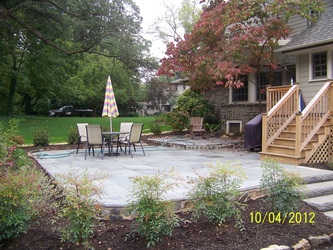 Dryset PA Blue Flagstone
Dryset PA Blue Flagstone Just a reminder that as we approach the end of the 2013 season, it doesn't mean you have to put your outdoor plans on hold until the spring. The winter months are a great time to spend planning and thinking about next spring's projects. Spend the prep time now,and you'll be ready to hit the ground running come the return of warm weather and longer days next spring.
We service all of Delaware County, PA and parts of The Main Line and West Chester. Whether its natural flagstone, manmade pavers, clay brick or concrete, we are experienced in all hardscaping mediums.
Here's a few pictures of some various patio projects we've done over the past few years -- hopefully they can serve as some inspiration!
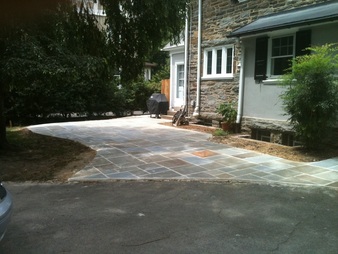 Wetset Flagstone, Linear Shapes
Wetset Flagstone, Linear Shapes A new outdoor living space might be just the ticket for that perfect Christmas gift you've been trying to think of too!
Give us a call and lets get that ball rolling for next spring.
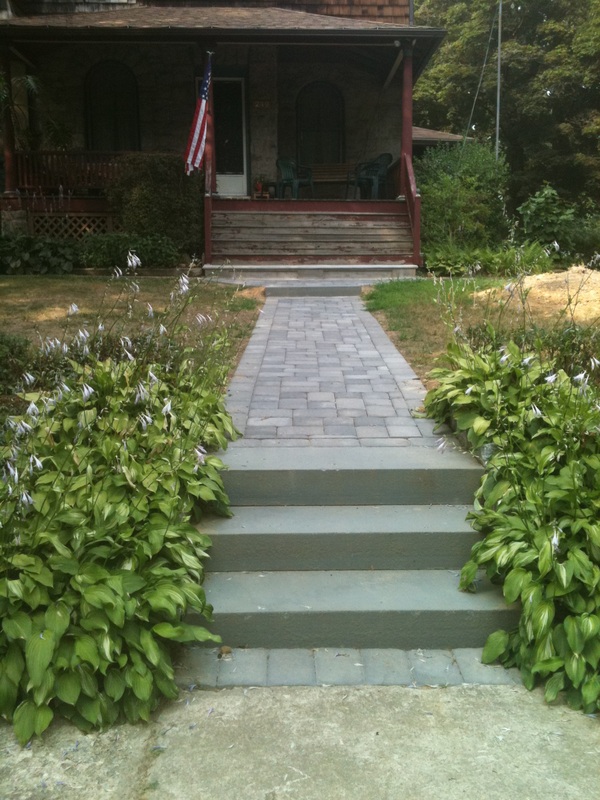
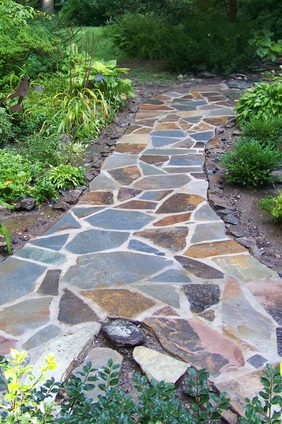
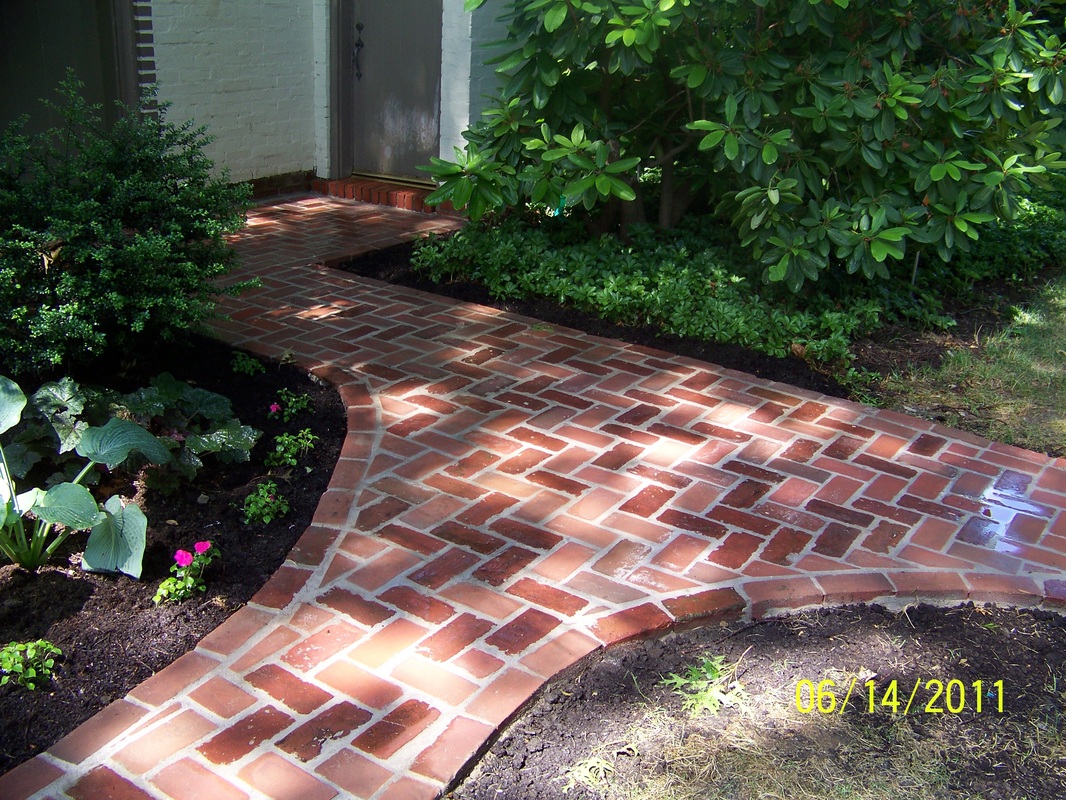
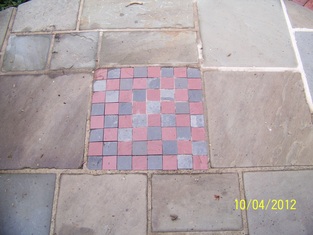
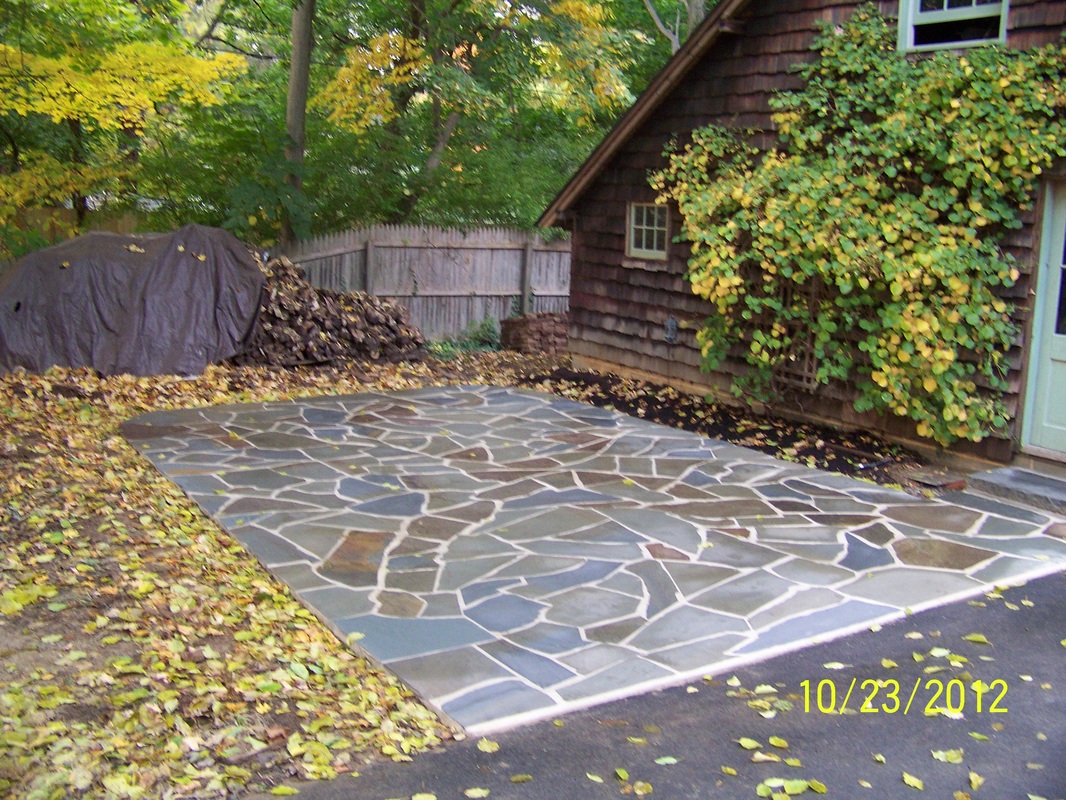
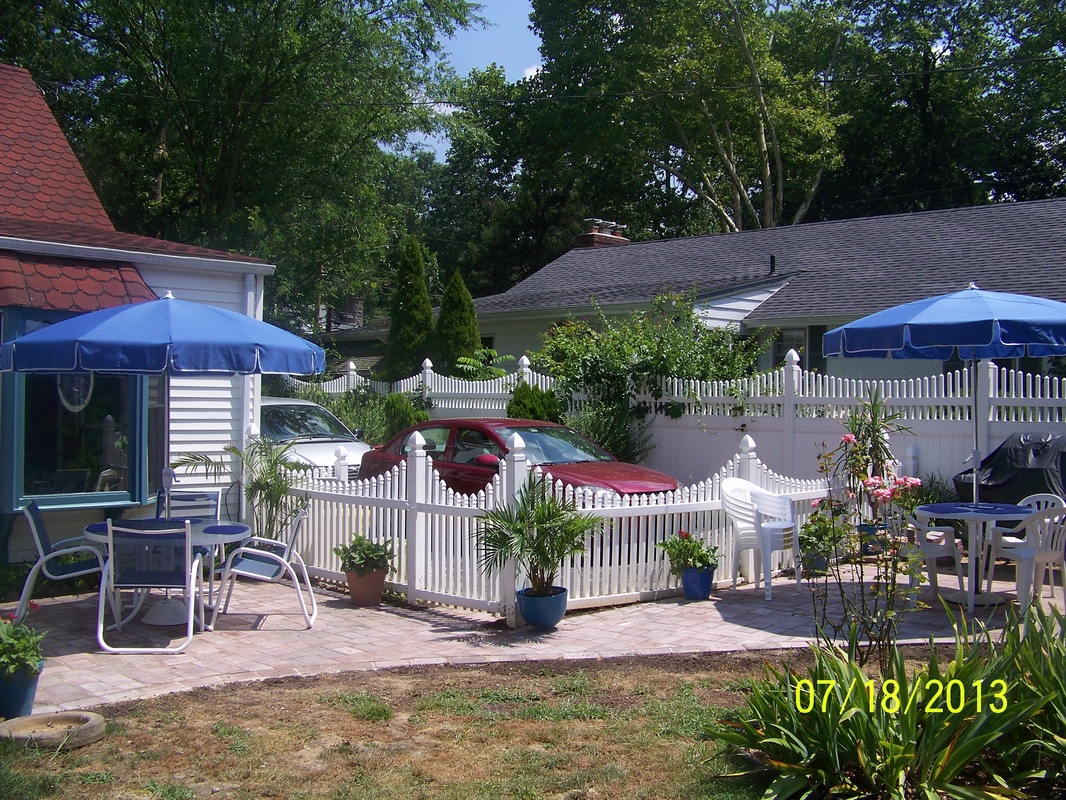
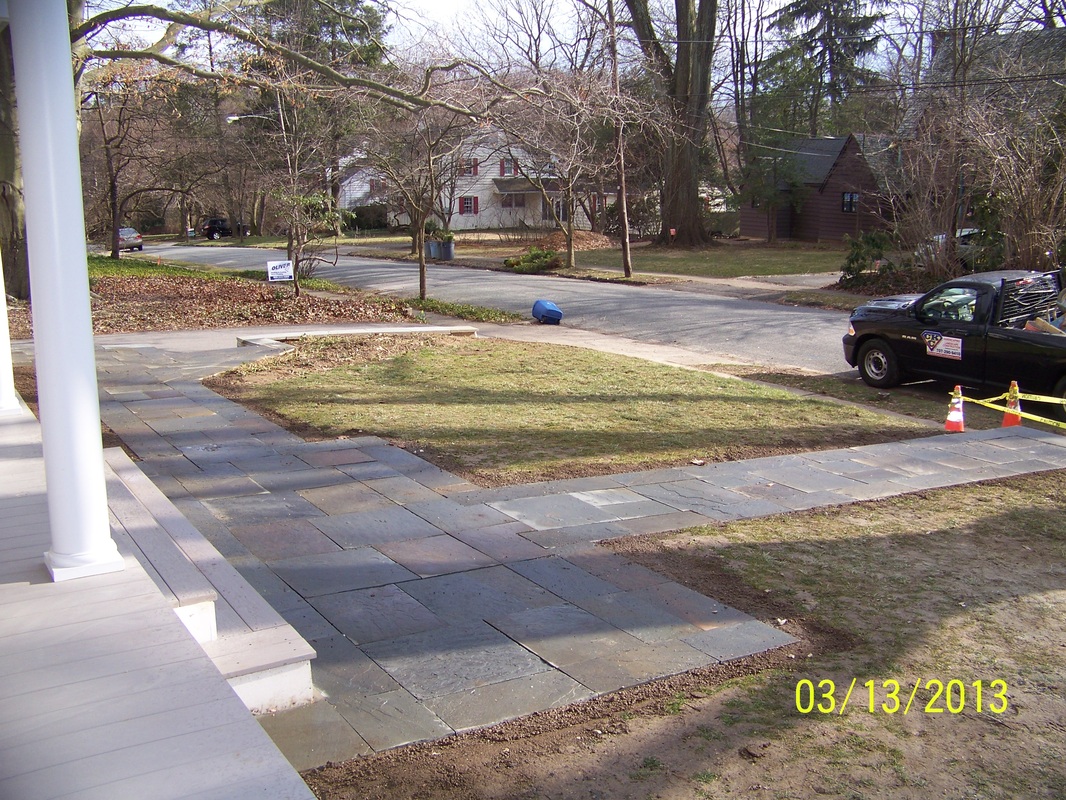
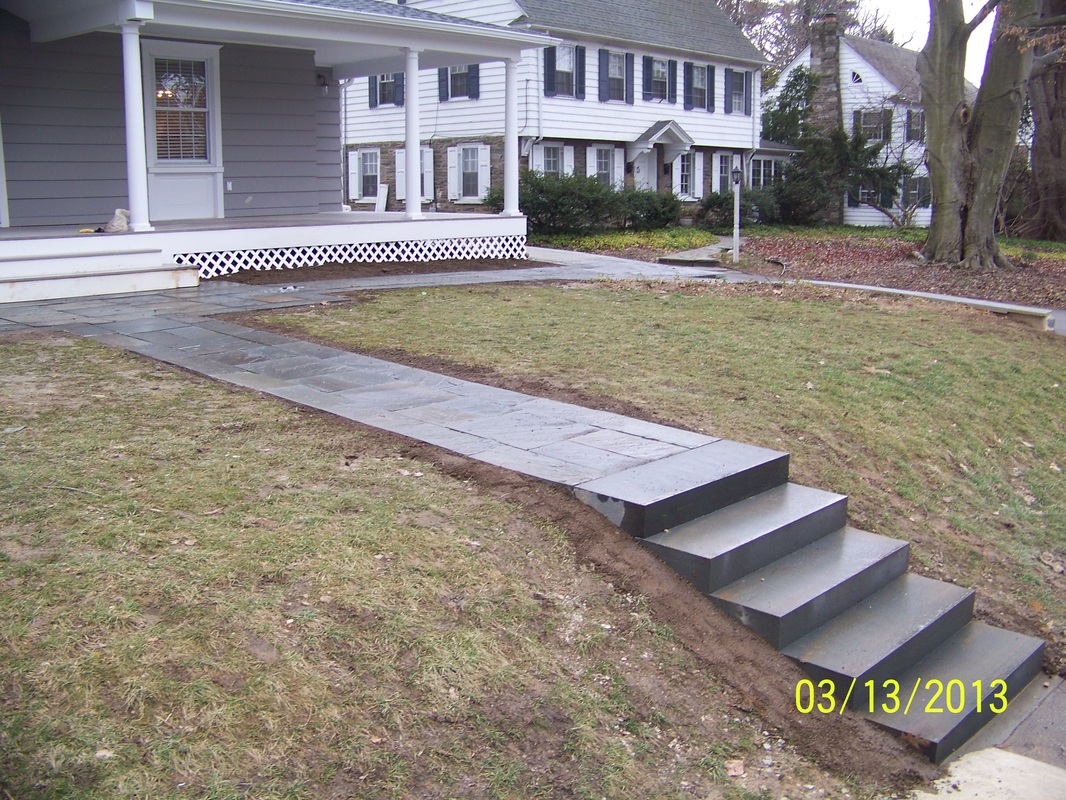
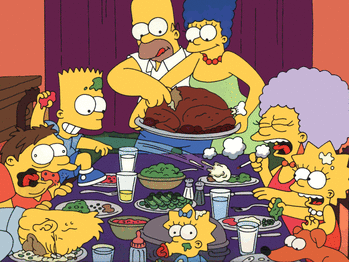
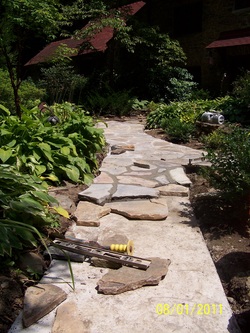
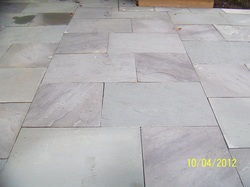
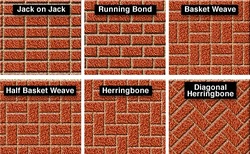
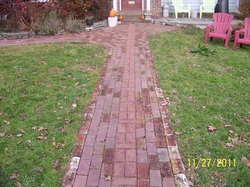
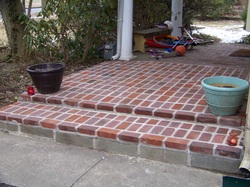
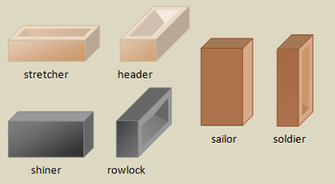
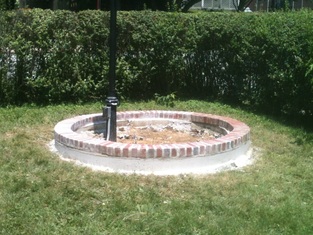
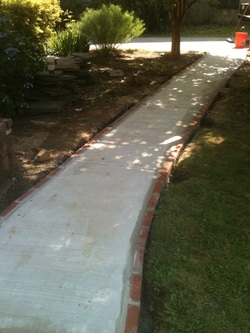




 RSS Feed
RSS Feed